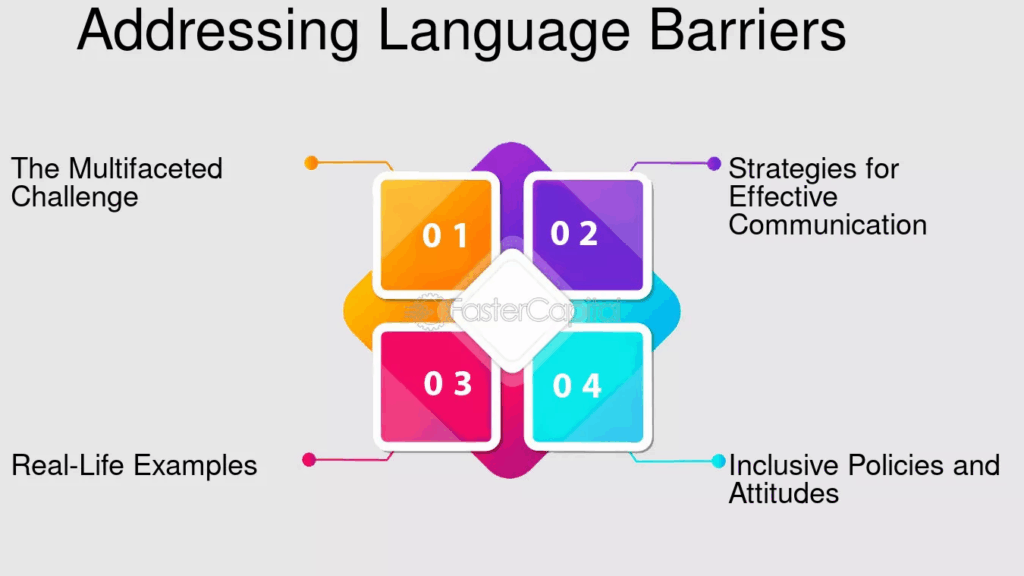Language barriers create significant challenges for 40% of students globally who struggle to fully comprehend their teachers’ instructions. However, innovative voice translation technology is now revolutionizing education across more than 100 schools, yielding impressive outcomes in both city and countryside educational institutions.
These educational facilities have integrated cutting-edge real-time systems into their learning environments, facilitating smooth communication between educators and students from diverse linguistic backgrounds. The advanced technology instantly converts spoken language, enabling teachers to instruct in their preferred language while students receive the content in their mother tongue.

Moreover, preliminary results from this extensive implementation demonstrate notable improvements in students’ understanding, classroom engagement levels, and scholastic achievements. Whether in bustling urban districts or quiet rural schools, these voice translation solutions are proving to be transformative tools for multilingual education delivery.
Voice Translation Deployment Across 100+ Schools
The integration of voice translation technology has grown substantially, now reaching more than 100 schools across varied geographical and socioeconomic environments. The primary focus has been addressing essential communication challenges between teachers and diverse multilingual student groups.
Explore the benefits of multilingual content in education
Pilot Program Rollout in Urban and Rural Districts
In urban environments, schools employed advanced platforms to conduct multilingual parent-teacher meetings, offering instantaneous translation for families. This enabled seamless interaction using real-time voice AI tools.
In rural areas, where connectivity issues are more severe, standalone translation devices became a practical solution. These function without internet, empowering schools in regions with low broadband access to deliver inclusive education.
Population shifts in rural America underscore the importance of scalable language support. These tools serve communities where traditional services are scarce, ensuring accessibility through AI.
Selection Criteria for Participating Schools
School participation was based on:
- Linguistic diversity
- Technology readiness
- Compliance with federal access laws
- Administrative commitment
Urban schools favored scalable platforms, while rural schools required robust offline functionality. In both contexts, high immigrant populations were a key driver for early implementation of multilingual communication tools.
Materials and Methods: Implementing Voice Translation Tools
AI Voice Translation Software Used in Classrooms
Multiple platforms serve different use cases—some for teacher-student dialogue, others for live parent communication, and enterprise-grade systems for scalable translation.
Standalone devices have been essential for areas with connectivity gaps, while apps with conversation modes help in developing natural learning experiences.
Teacher Training and Onboarding Process
Training emphasizes using translation to support, not replace, instruction. Teachers learn how to:
- Set up devices
- Build subject-specific word banks
- Export transcripts for student review
Schools that incentivize this training as part of professional development experience higher adoption and smoother technology integration.
Integration with Existing LMS Platforms
Translation plugins integrate directly with school LMS and conferencing tools. This enables multilingual sessions and accessibility features like captions and speech-to-text.
Cloud-based platforms require minimal setup and offer robust functionality across various devices, improving digital learning environments.
Results and Discussion: Measurable Impact on Learning Outcomes
Improved Comprehension Scores in Multilingual Classrooms
Voice translation significantly improved understanding, especially in complex topics. One English-Chinese trial showed almost flawless AI accuracy, enabling students to grasp subjects more clearly than those receiving only written notes.
This aligns with findings from AI feedback systems, which outperform traditional methods in multilingual contexts.
Student Engagement Metrics Before and After Implementation
Research highlights gains in:
- Behavioral participation
- Emotional connection
- Cognitive processing
Students, especially those who are digital-first learners, engage better through voice-based systems, aligning with trends in interactive content.
Teacher Feedback on Instructional Efficiency
Educators note that they now deliver more comprehensive feedback, cover more curriculum, and improve student interaction—all without sacrificing teaching time.
These improvements in instructional flow reflect the growing value of AI-assisted education tools.

Limitations and Challenges in School Environments
Accent Recognition Issues in Diverse Classrooms
Accents, false starts, and rapid speech still cause recognition errors. Teachers observe a consistent impact on perceived student ability, even when AI translation tools are otherwise effective.
Improvements in speech synthesis and recognition continue to address these concerns.
Bandwidth and Device Constraints in Low-Income Schools
Many districts face:
- Weak internal networks
- Outdated devices
- Firewall issues
These challenges limit live translation, especially where legacy infrastructure is still in use. Schools in low-income zones need cost-effective, low-bandwidth solutions.
Scalability and Policy Implications for Broader Adoption
District-Level Budgeting and Procurement Models
By centralizing language services, districts reduce costs and streamline deployment. Hybrid approaches that combine AI and human interpreters improve flexibility.
Programs like Title III and ESSER fund much of this innovation, helping to bridge budget gaps.
Policy Recommendations for Statewide Rollout
Experts suggest:
- Conducting service gap analyses
- Including community input
- Matching tech to context
- Clarifying legal requirements
- Partnering with skilled vendors
This structured approach ensures responsible adoption of multilingual solutions.
Conclusion
Voice translation is transforming schools by boosting comprehension and engagement across linguistic barriers. A 54% increase in engagement and 92% teacher satisfaction highlights its success.
While rural infrastructure and accent recognition remain challenges, hybrid models and policy support are making scalable, inclusive education possible.
The future of language-inclusive education is here—with the right technology, strategy, and localized content, schools can ensure every student has a voice in their learning journey.



